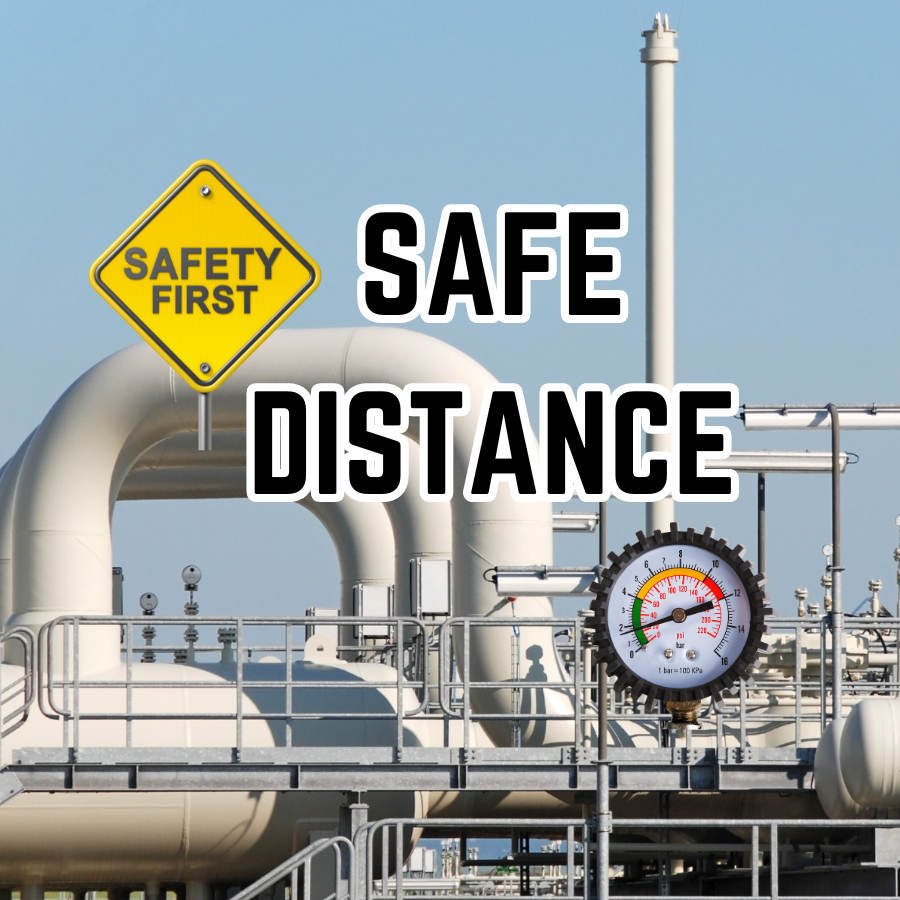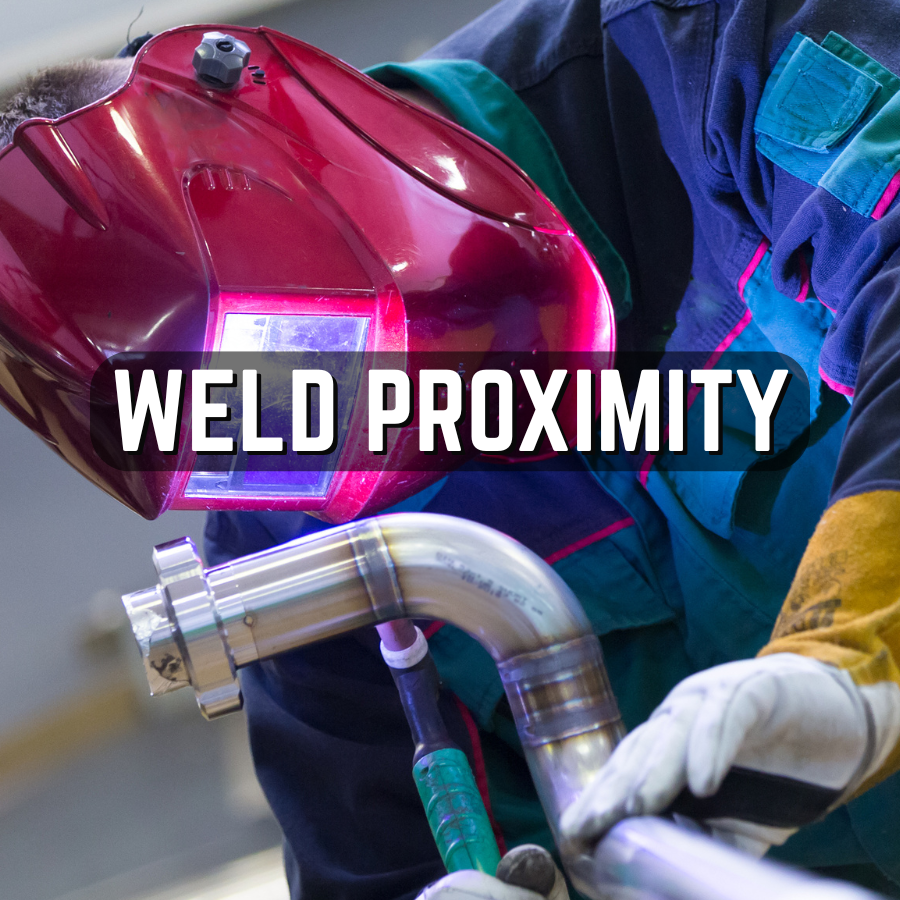Pressure Vessel Shell in Conjunction with The Piping System
In industrial plants, the interaction between piping systems and pressure vessels is critical in ensuring operational safety and equipment longevity. Failing to account for the relationship between these two components can lead to significant problems, including mechanical failures, operational inefficiencies, and even hazardous situations.
Consequences of Ignoring the Pressure Vessel Shell in Piping System Design
When designing piping systems connected to pressure vessels, engineers often focus primarily on the piping, neglecting the vessel’s shell. This oversight can result in several adverse outcomes:
a. Excessive Stress on the Vessel Nozzle
The connection between the piping and the vessel is typically made through nozzles. If the piping system is not designed considering the pressure vessel shell, excessive loads may be transferred to the nozzle, causing local stresses. Over time, these stresses can lead to fatigue, cracks, or even catastrophic failure at the nozzle-to-shell junction.
b. Thermal Expansion Issues
Piping systems often operate at different temperatures than pressure vessels. The failure to account for differential thermal expansion can lead to excessive forces and moments being applied to the pressure vessel nozzles. These forces can deform the vessel shell, resulting in operational issues such as misalignment of internal components, damage to the vessel, or leaks at the nozzle connections.
c. Fatigue and Creep Damage
Pressure vessels operate under cyclic loading due to pressure and temperature changes. If the connected piping system imposes additional loads on the vessel, it can accelerate fatigue and creep damage. This is particularly concerning in high-temperature environments where the material properties of the vessel and piping are susceptible to long-term degradation.
d. Support System Overload
In some cases, piping systems connected to pressure vessels may not be adequately supported, resulting in the vessel itself bearing the weight of the piping. This can lead to deformation of the vessel shell or additional stress on the vessel supports, leading to structural instability or failure.
Common Scenarios Where This Problem Arises
Several industrial scenarios commonly experience issues stemming from the failure to consider the pressure vessel shell in conjunction with piping:
Storage Tanks with Connected Pipelines: Tank nozzles are vulnerable to stress from large-diameter pipes that transport fluids in and out of storage tanks. If the weight of the pipeline or thermal expansion is not carefully managed, it can impose significant stresses on the tank shell.
Heat Exchangers and Reactors: In processes where the vessel operates at high temperatures, such as reactors or heat exchangers, differential thermal expansion between the piping and the vessel can lead to significant stress concentrations at the nozzle connections.
Relief Valve Discharge Piping: Safety relief valve (PSV) discharge systems often have piping that connects to the vessel, which may experience significant thermal loads during venting events. Failure to account for these loads can cause damage to the vessel nozzles and shell.
PIPE STRESS ENGINEERING
Piping Stress Engineering Guide Book
Best Practices for Considering the Pressure Vessel Shell in Piping Design
To avoid the negative consequences outlined above, several best practices should be followed:
a. Integrated Stress Analysis
Perform an integrated stress analysis that considers both the piping system and the pressure vessel. This involves assessing the loads imposed by the piping on the vessel nozzles and shell, accounting for factors such as weight, thermal expansion, and dynamic forces.
b. Nozzle Load Calculation and Validation
Calculate nozzle loads based on the piping system's design and compare them to allowable limits as defined by industry standards, such as API 660 for heat exchangers or WRC 107/297 for pressure vessel nozzle assessments. Ensuring that the loads are within allowable limits is crucial for preventing stress-related failures.
c. Proper Support Design
Ensure that the piping system is adequately supported to minimize the loads transferred to the pressure vessel. This includes designing support systems to account for thermal expansion, weight, and dynamic forces, as well as placing supports as close to the nozzle as practical.
Conclusion
Failing to consider the pressure vessel shell in conjunction with the piping system can lead to a range of severe consequences, which may include operational inefficiencies, increased downtime, and even catastrophic failures. To prevent these significant issues from arising, engineers must take a comprehensive approach by integrating the pressure vessel into their piping design processes, performing detailed stress analysis, providing adequate support, and thoroughly considering differential thermal expansion. By following established best practices and adhering to relevant industry codes and standards, it is possible to ensure that both the piping and the pressure vessel function safely and reliably over the long term, thus enhancing overall system performance and safety.








This blog is intended as a guide to determining the minimum safe spacing of plants and equipment in Oil Refineries, Petrochemical Complexes, and similar installations.
The spacing recommendations will apply in the absence of Clients' standards or supplement such standards where necessary. They are based on current industry practice.
The spacing recommendations aim to ensure that available plot areas are used economically without affecting personnel safety or plant vulnerability.